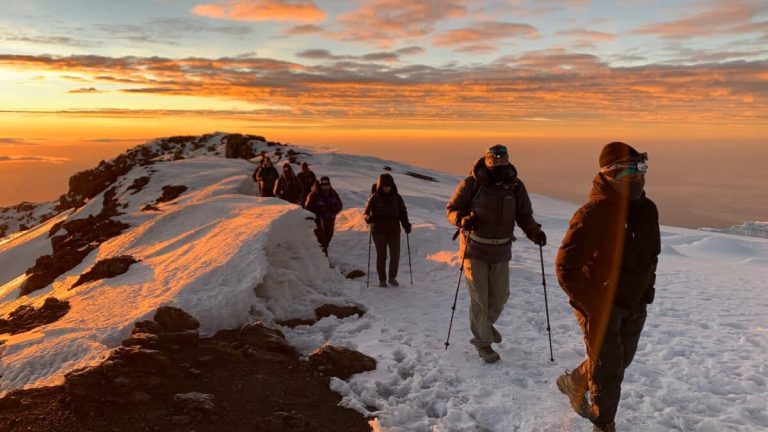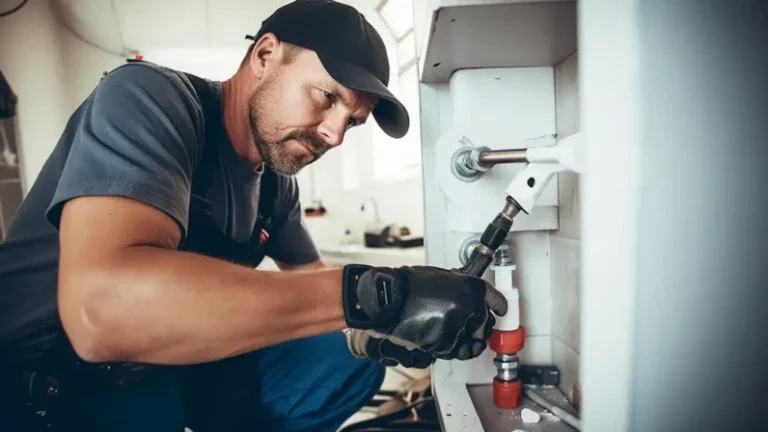
Kilimanjaro Trekking Routes: Machame, Marangu, and More
Mount Kilimanjaro, Africa’s tallest peak, attracts adventurers from across the globe. Kilimanjaro Trekking is an experience that blends breathtaking landscapes, cultural encounters, and personal challenge. With several trekking routes available, each offering a unique experience, choosing the right path is crucial for a successful climb. In this article, we explore the most popular Kilimanjaro trekking routes, including Machame, Marangu, and others, to help you plan your adventure.
Understanding Kilimanjaro Trekking
Kilimanjaro trekking is more than just reaching the summit; it’s about the journey. Hikers traverse diverse ecosystems, from lush rainforests to alpine deserts, ultimately reaching the icy summit. Kilimanjaro trekking routes vary in difficulty, duration, and scenery, making it essential to understand what each trail offers. Experienced climbers may opt for challenging routes like Machame, while beginners often prefer Marangu, known for its gradual ascent.
Machame Route: The “Whiskey Route”
The Machame Route, famously called the “Whiskey Route,” is one of the most popular choices for Kilimanjaro trekking. It typically takes six to seven days to complete, offering a scenic and moderately challenging climb. The trail passes through rainforests, moorlands, and rocky terrains, providing trekkers with diverse landscapes. Kilimanjaro trekking via Machame is favored for its high success rate in reaching the summit due to the route’s gradual acclimatization profile.
Trekking the Machame Route allows climbers to experience some of the most stunning viewpoints on Kilimanjaro. Camps like Shira and Barranco offer panoramic views of valleys and volcanic peaks. This route is ideal for those seeking adventure without compromising safety, as guides are highly familiar with its challenging sections.
Marangu Route: The “Coca-Cola Route”
The Marangu Route, also known as the “Coca-Cola Route,” is the oldest and most straightforward Kilimanjaro trekking route. Unlike Machame, Marangu offers hut accommodations instead of tents, making it popular among hikers who prefer comfort during the climb. This route usually takes five to six days and is considered less strenuous, although altitude sickness remains a concern.
Kilimanjaro trekking on the Marangu Route provides a direct path to the summit, passing through tropical forests and alpine deserts. Its well-marked trails and moderate gradients make it an excellent choice for beginners or those looking for a guided experience. The Marangu Route is also famous for sunrise views from the summit, a highlight of any Kilimanjaro trekking adventure.
Lemosho Route: Scenic and Remote
For trekkers seeking solitude and spectacular scenery, the Lemosho Route is a top choice. This trail typically spans seven to eight days, offering longer acclimatization periods to increase summit success. Kilimanjaro trekking via Lemosho is ideal for those who want to experience remote landscapes, including dense forests, volcanic slopes, and glacial formations.
The Lemosho Route joins the Machame Route midway, providing both scenic diversity and a gradual ascent profile. Trekkers often praise this route for its high success rate and fewer crowds, making it a premium choice for adventurous Kilimanjaro trekking.
Rongai Route: Northern Approach
The Rongai Route approaches Kilimanjaro from the north, near the Kenyan border. This less crowded trail spans six to seven days and is known for its gentle slopes. Kilimanjaro trekking via Rongai offers a different perspective of the mountain, passing through open grasslands and offering wildlife sightings along the way.
The northern route is ideal for climbers who prefer a quieter trekking experience without compromising the chance to reach the summit. Rongai’s gradual ascent makes it suitable for those concerned about altitude sickness, ensuring a rewarding Kilimanjaro trekking adventure.
Shira Route: High Plateau Experience
The Shira Route begins on the western side of Kilimanjaro and is famous for its expansive high-altitude plateau. Trekkers usually take seven days on this route, enjoying diverse landscapes and excellent acclimatization. Kilimanjaro trekking via Shira provides a less crowded experience with incredible photo opportunities. The route eventually merges with Machame or Lemosho, combining the scenic benefits of both paths.
Preparing for Kilimanjaro Trekking
Success in Kilimanjaro trekking depends heavily on preparation. Physical fitness, proper gear, and mental readiness are essential. Climbers should train with endurance exercises, including hiking and cardio workouts. High-quality trekking equipment, layered clothing, and acclimatization strategies are vital for a safe and enjoyable climb. Choosing the right route that aligns with your fitness level and trekking goals is also key to an unforgettable Kilimanjaro trekking experience.
Conclusion
Kilimanjaro trekking offers an unparalleled adventure, with routes like Machame, Marangu, Lemosho, Rongai, and Shira providing unique experiences for climbers of all levels. Whether you seek comfort, scenic beauty, solitude, or challenge, the mountain caters to every adventurer. Proper preparation, guided support, and route selection are essential to maximize your Kilimanjaro trekking success and enjoyment. Embarking on this journey is not just about reaching the summit; it’s about embracing the breathtaking landscapes, diverse ecosystems, and personal achievement that only Kilimanjaro trekking can deliver.

